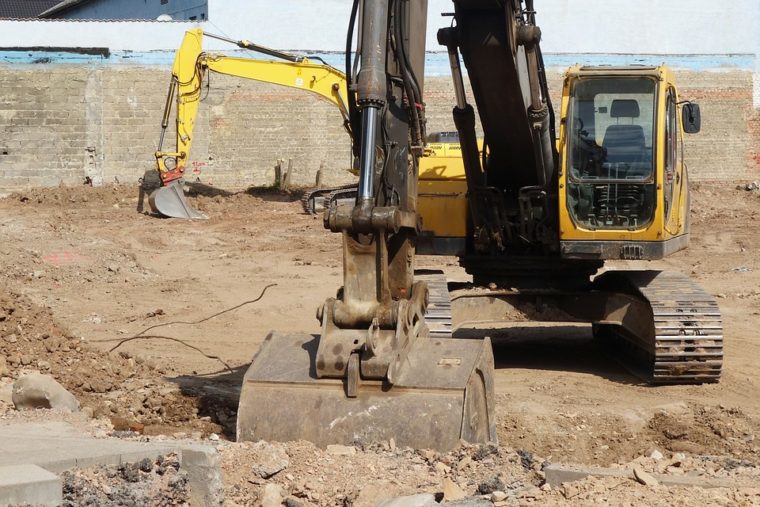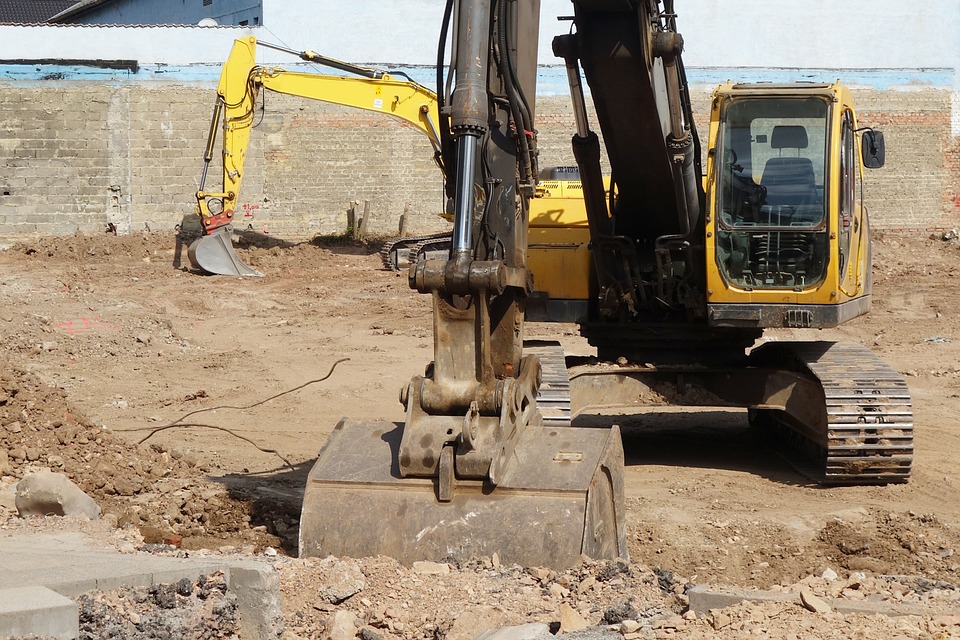
Government at the state and federal levels of government is providing significant funding for collaborative land deals that boost economic development. While some of this activity has occurred in the past, it was definitely not on the scale that is now evident. And, most of the current funding is flowing to public-private partnerships.
Not only has the federal government passed a law designating Opportunity Zones (OZs) throughout the country where investors can get tax breaks for participating in public projects, but now some states also are passing laws to encourage that type of economic development.
Wisconsin has taken the OZ investment program a step further by developing a Badger State Opportunity Fund. The fund partners both public- and private-sector parties to attract capital for projects such as new business startups, business expansions, and development and redevelopment. Additionally, rather than focusing these funds on just one project, the funding can be spread across different types of projects and locations in a region that qualifies.
 Tennessee
Tennessee
Murfreesboro city officials are pursuing the acquisition of a 5.4-acre track of land for a future transit office. The objective will be to provide a new facility for Rover, the Regional Transportation Authority of Middle Tennessee, and for Greyhound buses. Both federal and state funding will be provided for site acquisition ($1.25 million) and development. In the same city, Rutherford County Schools is making plans to purchase the undeveloped Blackman park property for a middle school and a new high school. School board members have begun negotiating with the city.
Oregon
Malheur County has plans to spend $3 million to purchase property for a rail center called the Treasure Valley Intermodal/Reload Facility. The county received a $2.4 million loan from the state to help buy the 290-acre parcel and now plans to dip into its contingency fund for an additional $1 million in order to qualify for a second state-funded economic development grant program that provides income tax reimbursements for businesses. Malheur County will provide the last $14 million to turn this farmland into a $26 million industrial park. The county is currently in negotiations with a transportation firm to lease and operate the center once it is complete. The goal is to enhance the region’s $80 million onion industry by about $2 million a year.
South Carolina
Horry County wants to add an equestrian arena and civic center and is seeking 150 acres. There are two design options for an entertainment destination. The project’s costs could range from $21.1 million to $40 million. Both plans being considered include a picnic and vending area and land for future additions, such as a shooting range and/or possibly a police facility. Funding options include money from the state, local general obligation bonds, and/or private investments.
Florida
Hernando County officials want to buy land from the Brooksville-Tampa Bay Regional Airport for a new government center. This will require approval by the Federal Aviation Administration (FAA), but the goal is to build a 100,000-square-foot facility at a cost of $60 million. After talking with FAA officials, the county will bring a report back to the board and hopefully move forward with the project.
Georgia
The city of College Park, Hartsfield-Jackson Atlanta International Airport, and the Aerotropolis Atlanta Alliance are working together to seek developers and investors for long-term ground lease and development opportunities on land near the airport. The 320-acre Airport City project will bring offices, green space, housing, and retail to the area. The city expects to award the ground leases by July 8 of this year.
These are but a few examples of how public entities at multiple jurisdictional levels of government are joining forces to launch large public-private partnerships to ramp up economic vitality in certain regions of the country. Many developers and government contractors are now finding an abundance of opportunities in mid-size cities and counties where competition is much less onerous.
